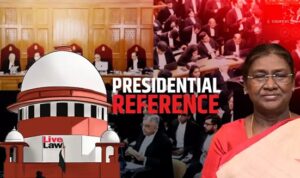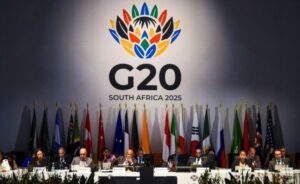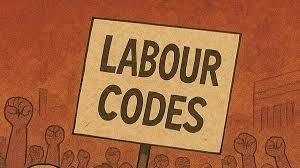Russia: A Longstanding Strategic Partner for India
India’s relationship with Russia is deeply rooted in history, particularly in defense and energy cooperation. Key aspects include:
- Military Dependence: Over 60% of India’s military equipment originates from Russia, including S-400 air defense systems, Sukhoi fighter jets, and BrahMos missiles.
- Energy Cooperation: India imports Russian oil and nuclear technology to support its energy needs.
- Strategic Autonomy: Despite growing U.S.-India ties, India maintains its independent foreign policy, avoiding taking sides between the U.S. and Russia.
China: A Common Concern for India and the USA
China’s aggressive regional policies have pushed India and the U.S. closer together. Major concerns include:
- Border Tensions: The India-China border dispute, including the 2020 Galwan Valley clash, has heightened security concerns.
- Indo-Pacific Strategy: Both India and the U.S. support a free and open Indo-Pacific, countering China’s territorial claims in the South China Sea.
- Technology and Trade Wars: The U.S. has imposed restrictions on Chinese tech firms like Huawei, and India has banned several Chinese apps, reflecting shared concerns over cybersecurity.
India and USA in Multilateral Organizations
India and the U.S. are active members of several global organizations, influencing world affairs together:
1. QUAD (Quadrilateral Security Dialogue)
- Members: India, U.S., Japan, and Australia
- Objective: Counter China’s influence in the Indo-Pacific region
- Initiatives: Maritime security, defense cooperation, and supply chain resilience
2. United Nations (UN)
- India’s Push for UN Security Council Membership: The U.S. has expressed support for India’s bid for a permanent seat.
- Joint Counterterrorism Efforts: India and the U.S. collaborate on global counterterrorism initiatives.
3. G20 and WTO
- India and the U.S. work together on global economic policies, addressing climate change, trade regulations, and financial reforms.
Modi-Trump Era: Strengthening India-USA Relations
During Prime Minister Narendra Modi’s tenure and Donald Trump’s presidency (2016-2020), India-U.S. ties saw significant progress:
1. Defense Agreements and Arms Sales
- India became a “Major Defense Partner” of the U.S., facilitating access to advanced military technology.
- Key defense deals included:
- Apache and Chinook helicopters
- MH-60 Romeo naval helicopters
- Potential discussions on F-35 fighter jets
2. Trade and Economic Relations
- U.S.-India trade reached $150 billion in 2019, with agreements on:
- Energy imports (LNG, crude oil)
- Market access for Indian pharmaceuticals and U.S. agricultural products
- Reduction in tariffs on American goods
3. Diplomatic Engagements and Public Rallies
- “Howdy Modi!” event in Texas (2019): Showcased strong Modi-Trump camaraderie.
- “Namaste Trump” event in Ahmedabad (2020): Reinforced diplomatic and trade ties.
Challenges and Areas of Concern
Despite strong cooperation, certain issues continue to challenge the India-U.S. relationship:
1. Trade Disputes
- Tariff conflicts over agricultural products, steel, and IT services.
- The U.S. revoked India’s GSP (Generalized System of Preferences) status, affecting Indian exports.
2. Russia-India Defense Ties vs. U.S. Sanctions
- India’s purchase of the Russian S-400 air defense system risks U.S. sanctions under CAATSA (Countering America’s Adversaries Through Sanctions Act).
- The U.S. wants India to reduce dependency on Russian military hardware, but India seeks a balanced approach.
3. China’s Response to India-U.S. Ties
- China perceives stronger India-U.S. defense ties as a threat to its regional dominance.
- Belt and Road Initiative (BRI): India and the U.S. oppose China’s influence over developing nations through debt-driven infrastructure projects.
Conclusion: The Future of India-USA Relations
India and the U.S. share a complex but progressive relationship, shaped by geopolitics, economic interests, and strategic challenges. While Russia remains an important partner for India, and China poses common security threats, the U.S. and India continue to strengthen their defense, trade, and diplomatic ties.
Looking ahead, key focus areas include:
✅ Deepening Indo-Pacific security cooperation
✅ Expanding defense technology sharing
✅ Balancing relations with Russia while maintaining U.S. partnership
✅ Managing trade disputes for mutual economic growth
As both nations navigate global challenges, the India-U.S. partnership remains one of the most crucial bilateral relationships of the 21st century.







